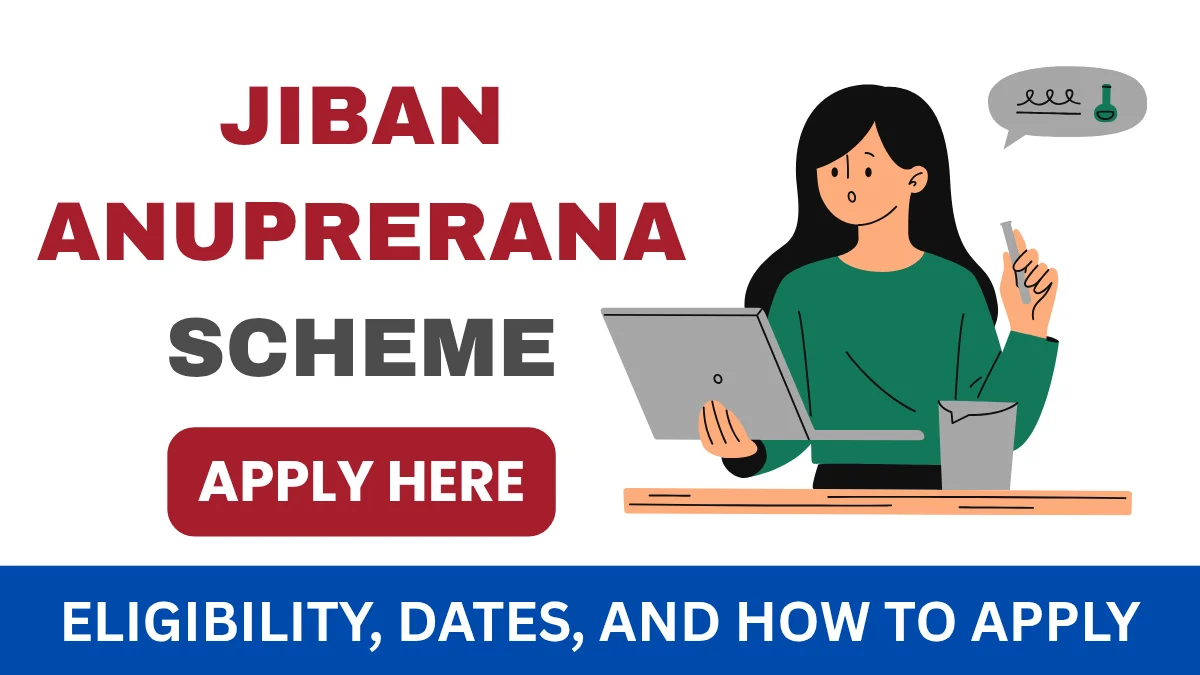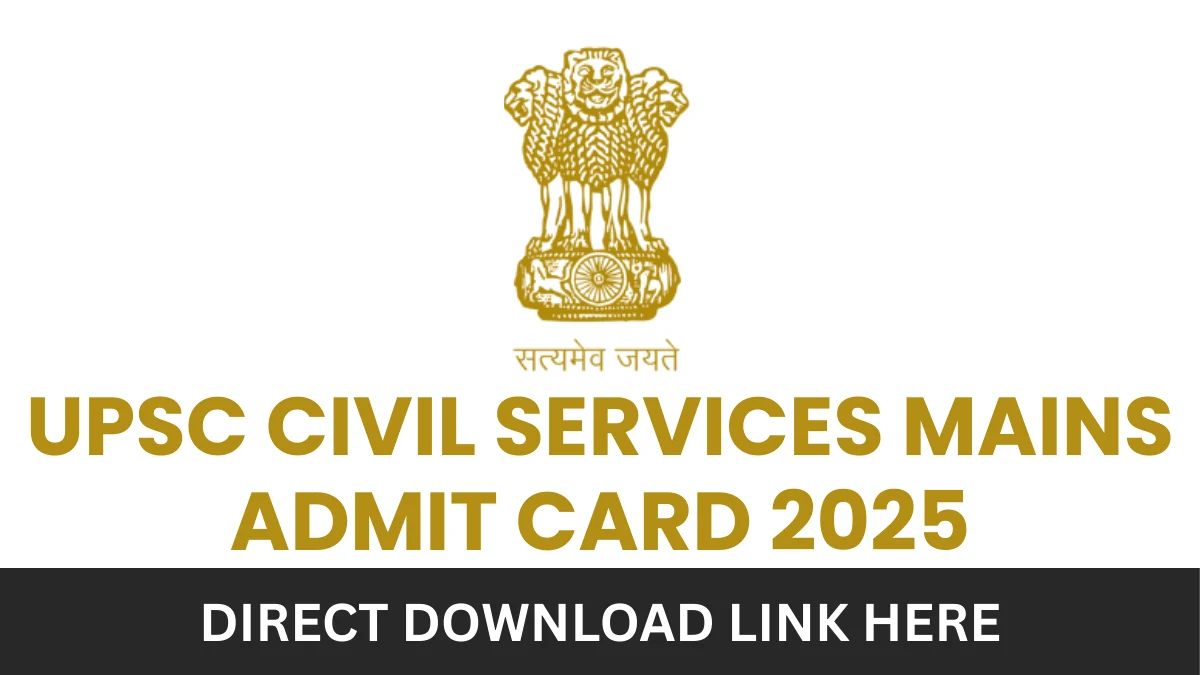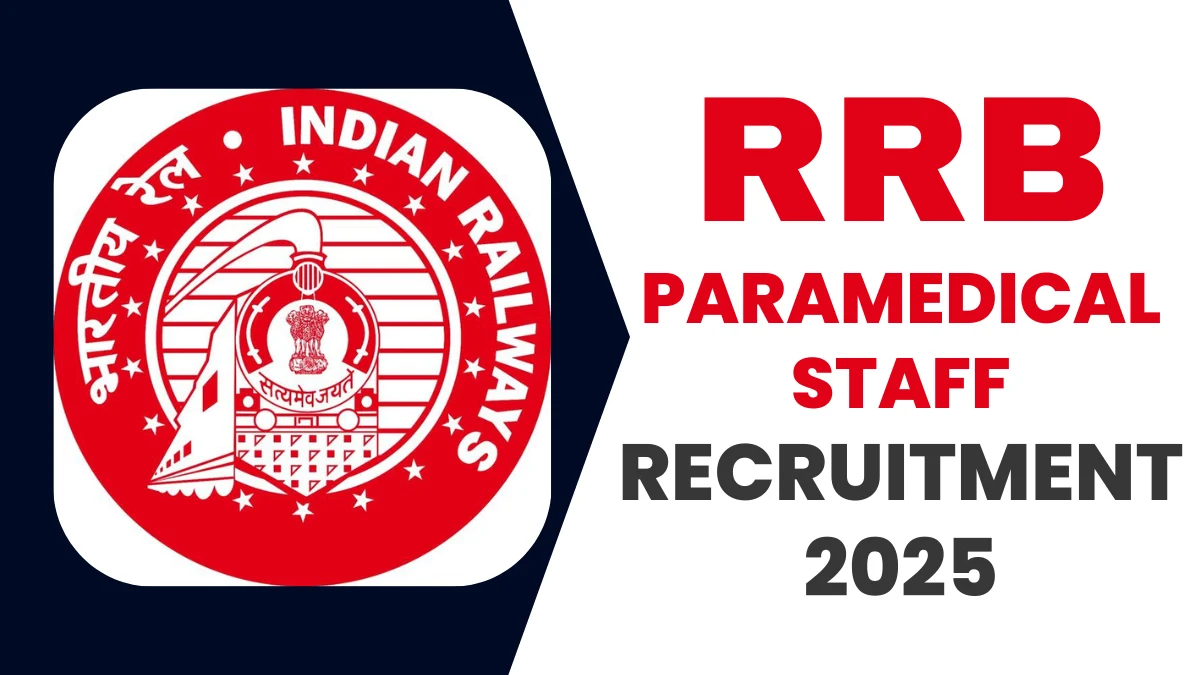ADRE Syllabus for Skill Test & Interview 2025
The State Level Recruitment Commission (SLRC) of Assam is expected to release the official notification for the Assam Direct Recruitment Examination (ADRE) 2025 in the near future. This recruitment drive aims to fill numerous Grade 3 and Grade 4 posts across various government departments in Assam, though the exact number of vacancies will be confirmed upon the notification’s release. In this article, we’ll cover everything you need to know about the ADRE Syllabus for Skill Test & Interview 2025.
ADRE Exam Pattern and Syllabus Overview
Aspiring candidates for Class-III posts under the State Level Recruitment Commission must prepare for three distinct Skill Tests: Stenography, Driving, and Computer. Each test evaluates specific competencies, ensuring that you possess the foundational skills required for your chosen role. Below is a detailed breakdown of the exam patterns and syllabi to help you plan your study and practice effectively.
ADRE Stenography Skill Test
The Stenography Skill Test assesses your ability to take down spoken passages accurately, transcribe them on a computer, and produce a clean, printable output. The total duration is 49 minutes, broken down as follows:
- Voice Test (Before Dictation)
- Duration: 2 minutes
- Objective: Ensure the recording/playback equipment is functioning properly and that you can hear the dictation clearly.
- Speed Test in Shorthand (80 W.P.M.)
- Duration: 5 minutes
- Objective: Demonstrate shorthand proficiency at a speed of 80 words per minute. You will write down a passage as it is dictated.
- Computer Familiarization
- Duration: 2 minutes
- Objective: Acquaint yourself with the desktop computer setup (keyboard, software environment, etc.) before beginning transcription.
- Transcription on Desktop Computer
- Duration: 25 minutes
- Objective: Transcribe the shorthand-dictated text into a word processor. Accuracy, formatting, and speed are all evaluated.
- Printing Transcription
- Duration: 15 minutes
- Objective: Format the transcribed document (alignment, margins, font, etc.) and print a final copy.
Total Duration: 49 minutes
Key Tips for Preparation:
- Shorthand Practice: Regularly practice dictation at 80 W.P.M. (or higher) to build speed and accuracy.
- Typing & Formatting: Familiarize yourself with MS-Word (or the designated word processor). Practice formatting short documents—adjust margins, apply headings, and set line spacing quickly.
- Equipment Check: On exam day, arrive early to troubleshoot any hardware-related issues (e.g., keyboard layout, printing queue).
ADRE Driving Skill Test
The Driving Skill Test evaluates not only your practical driving abilities but also your fundamental understanding of vehicle maintenance and road signals. The test is scored out of 25 marks:
- Signal Test
- Marks: 5
- Objective: Identify and interpret common traffic signals, road signs, and pavement markings correctly.
- Basic Knowledge of Vehicle Maintenance
- Marks: 5
- Objective: Demonstrate awareness of routine LMV (Light Motor Vehicle) maintenance tasks—checking oil, tire pressure, brake fluid, and basic troubleshooting.
- Practical Driving Test (LMV Vehicle)
- Marks: 15
- Objective: Showcase safe driving skills on a designated test track or public road section. The examiner will assess:
- Vehicle handling (steering, braking, acceleration)
- Adherence to traffic rules (speed limits, lane discipline, signal usage)
- Maneuvering abilities (parking, reversing, turning)
Total Marks: 25
Key Tips for Preparation:
- Signal Mastery: Review all essential road signs and traffic signals—learn to react correctly in real-time.
- Maintenance Basics: Understand the location and function of key vehicle components (engine oil dipstick, coolant reservoir, battery terminals).
- Mock Driving Sessions: Practice on roads with varying traffic conditions. Focus on smooth gear changes, controlled braking, and precise steering.
ADRE Computer Skill Test
Candidates are divided into three categories (Category-I, Category-II, and Category-III) based on their educational qualifications. Each candidate must complete a 25-mark Computer Skill Test covering MS Word, MS Excel, and MS PowerPoint.
Category-I (Minimum Qualification: HSSLC or HSSLC in Science)
- MS Word (Marks allocated within the 25-mark test)
- Create a new document from scratch.
- Apply basic formatting: bold, italic, underline, and font size adjustments.
- Perform simple editing tasks: copy-paste, cut-paste, and undo/redo operations.
- Align text (left, center, right) and adjust line spacing.
- Set up page margins and print the document correctly.
- MS Excel
- Navigate workbooks and worksheets effectively.
- Use basic formulae: SUM, AVERAGE, MIN, and MAX.
- Insert data into cells and adjust alignment.
- Format simple cells (font styles, borders) and set print area.
- Print a worksheet following specified page-setup guidelines.
- MS PowerPoint
- Create a new presentation by choosing an appropriate layout.
- Insert and format text boxes and bullet points.
- Add and resize images or simple shapes.
- Align objects consistently across slides.
- Prepare slides for printing (slides, handouts, or notes pages).
Category-II (Minimum Qualification: Bachelor’s Degree)
- MS Word
- Create a document and use advanced formatting: apply predefined styles (headings, body text) and modify headers/footers.
- Insert and edit tables: merge cells, adjust column widths, and apply table styles.
- Align paragraphs and images; set spacing before/after paragraphs.
- Configure page numbering and section breaks.
- Print the document with custom settings (e.g., duplex printing, specific page range).
- MS Excel
- Apply intermediate formatting: cell styles, number formatting (currency, percentages), and conditional formatting rules.
- Use intermediate formulae: IF, VLOOKUP/HLOOKUP, and basic statistical functions like COUNT and COUNTA.
- Set up data validation for a range of cells (e.g., drop-down lists, numeric restrictions).
- Align and wrap text within cells; adjust column widths and row heights.
- Print a worksheet with headers/footers, repeat row/column titles, and scale to fit on a specified number of pages.
- MS PowerPoint
- Build a presentation slide deck, incorporating multimedia elements such as images and audio clips.
- Customize slide masters to maintain consistent design across all slides.
- Create custom layouts (e.g., title + content, two-column text + image).
- Align multiple objects precisely using alignment guides and distribute spacing evenly.
- Print slides with speaker notes or as handouts (2 slides per page, 3 slides per page with lines, etc.).
Category-III (Minimum Qualification: Bachelor’s Degree + Computer Certificate/Diploma of ≥ 6 months or Library Science + Computer Certificate/Diploma of ≥ 6 months)
- MS Word
- Create and edit documents, including:
- Detailed formatting: apply and modify multilevel headings, use styles for consistency, and insert cross-references.
- Insert and update a table of contents automatically.
- Work extensively with tables: insert large tables, merge/split cells, adjust row/column sizes, and apply table borders/styles.
- Create numbered and bulleted lists, customize list levels, and adjust hanging indents.
- Modify character formatting in detail (font family, size, color, text effects).
- Set alignment (justify, distributed text) and fine-tune paragraph spacing.
- Configure advanced print options: print only specific pages, print comments, or print markup.
- Create and edit documents, including:
- MS Excel
- Create detailed, structured tables (convert a data range into an official Excel Table, apply table styles).
- Use advanced formulae: INDEX-MATCH, nested IF functions, logical operators (AND, OR), and lookup methods such as XLOOKUP or database functions (DSUM, DCOUNT).
- Set up complex conditional formatting rules (formula-based, color scales) and data validation (custom formulas, dependent drop-down lists).
- Format for printing: define custom print areas, repeat row/column headers on each printed page, and set page orientation/margins.
- Build PivotTables and PivotCharts from a data set: group data, filter fields, adjust value field settings, and insert pivot charts.
- Use chart wizards to create and modify charts (e.g., bar, line, pie), add axis titles, data labels, and customize chart elements.
- MS PowerPoint
- Create presentations with detailed formatting:
- Apply complex animations (entrance, emphasis, exit) and custom animation paths.
- Use slide transitions effectively, adjusting duration and timing.
- Insert and edit tables or charts directly within slides; format them for readability (apply table styles, adjust chart elements).
- Align objects (text boxes, pictures, shapes) precisely using the Format Painter and alignment tools.
- Prepare slides for high-quality printing: include hidden slides if necessary, print with notes pages, and choose output quality (e.g., high resolution for handouts).
- Create presentations with detailed formatting:
Key Preparation Tips for All Categories:
- Hands-On Practice:
- Open the relevant Office applications and create sample files that cover every bullet point listed in your category. For example, in Excel, build a small budget sheet that uses both SUM and IF formulas; in PowerPoint, design a five-slide deck using custom animations.
- Time Management:
- Allocate a specific time limit for each application during your mock tests—aim to complete the MS Word section in about 8 minutes, MS Excel in 8 minutes, and MS PowerPoint in 9 minutes (adjust as needed), since the total test duration is 25 minutes.
- Shortcut Mastery:
- Learn keyboard shortcuts to speed up common tasks (e.g., Ctrl + C, Ctrl + V, Ctrl + S, Ctrl + Z).
- In Excel, practice F2 (edit cell), Alt + = (AutoSum), Ctrl + Shift + L (toggle filters), Ctrl + 1 (format cells dialog).
- In PowerPoint, use Ctrl + M (new slide), Ctrl + G (group objects), and F5 (start slideshow).
- Version Consistency:
- Ensure that the Office suite you practice on matches the version available at the exam center (font availability, menu location). Check whether features like “XLOOKUP” or specific chart types are supported.
- Simulate Exam Conditions:
- Close all other programs and disable notifications. Use a stopwatch or timer on your phone to adhere strictly to the allotted minutes for each module.
- Save, close, and reopen documents under timed conditions to mimic the real exam workflow (sometimes the system may automatically close unused documents or reset after certain intervals).
- Review & Troubleshoot:
- If you encounter an error—say, a formula not calculating or a slide refusing to align—note the exact problem and look for an immediate solution. Keep a “Troubleshooting Checklist” (e.g., reinstalling fonts, clearing Excel’s cache, updating print drivers).
- Revisit any weak area: for instance, if you’re not yet comfortable with PivotTables, watch an online tutorial or practice on a different data set until the steps become second nature.
Viva (Interview)
- Purpose: Assesses personality, communication skills, and job suitability.
- Content: Questions may cover:
- Personal background and education
- General knowledge, especially about Assam
- Job-specific scenarios or problem-solving
Duration: Typically 10-15 minutes per candidate.
| ADRE Admit Card 2025 | Click Here |
| ADRE Result 2025 | Click Here |
| Official Website | Click Here |






